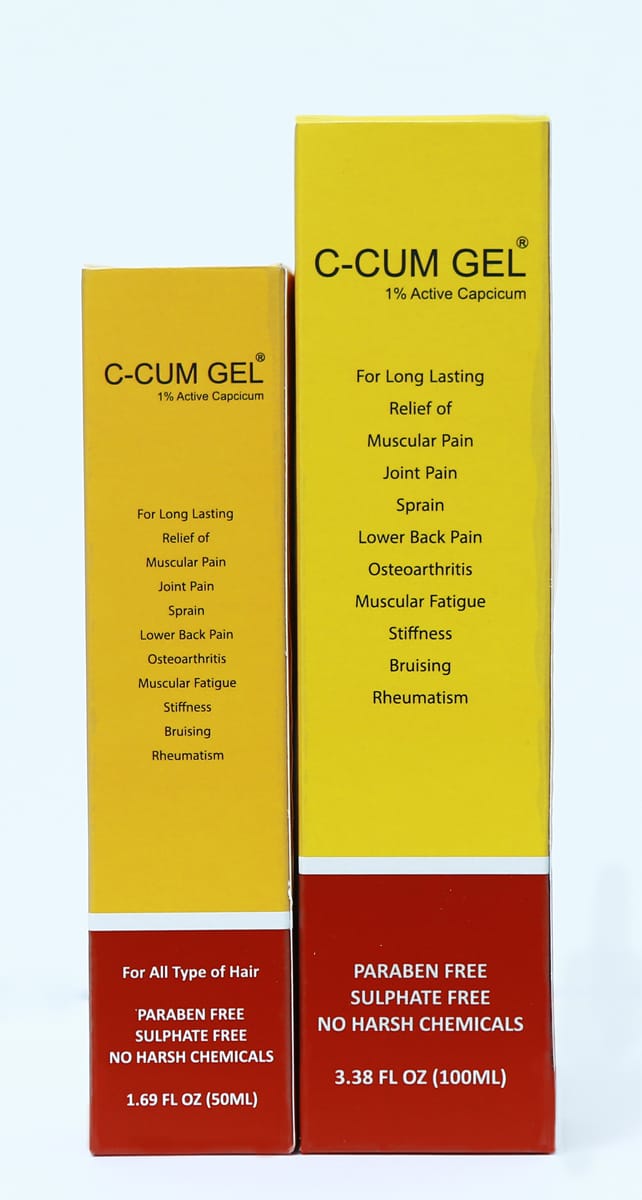Mode of Action:
The mechanism of action of topical capsaicin has been ascribed to
depletion of substance P.
Responsible for the transmission of pain information into the central
nervous system.
Substance P co-exists with the excitatory neuro transmitter glutamate in primary afferents that respond to painful stimulation.
Topical capsaicin acts in the skin to attenuate cutaneous hypersensitivity and reduce pain by a process best described as ‘defunctionalization’ of
nocicep to rfibres.
Defunctionalization is due to a number of effects that include temporary loss of
membrane potential, inability to transport neurotropic factors leading to
altered phenotype, and reversible retraction of epidermal and dermal nerve fiber terminals.
Peripheral neuropathic hypersensitivity is mediated by diverse mechanisms,
including altered expression of the capsaicin receptor TRPV1 or other
key ion channels in affected or intact adjacent peripheral nociceptive
nervefibres, aberrant re-innervation, and collateral sprouting, all of
which are defunctionalized by topical capsaicin.
Evidence suggests that the utility of topical capsaicin may extend beyond painful peripheral
neuropathies.
Indications
Pain from Rheumatoid Arthitis(RA),
Osteoarthritis, and Nerve pain due to Diabetes, when applied to the skin in the
affected area.
The active ingredient in topical preparations of capsicum, capsaicin, is approved
by the Food and Drug Administration (FDA) for these indications.
Capsicum Side Effects & Safety
Medicinal lotions and creams that contain capsicum extract are LIKELY SAFE
for most adults when applied to the skin.
The active chemical in capsicum,capsaicin,is approved by the FDA as an
over-the-counter product.
Side effects can include skin irritation, burning, and itching.
Capsicum can also be extremely irritating to the eyes, nose, and throat.
Don't use capsicum on sensitive skin or around the eyes.
Special Precautions & Warnings
Pregnancy and breast-feeding: Capsicum is LIKELY SAFE when applied to the skin during pregnancy.But not enough is known about
its safety when taken by mouth. Stay on the safe side and don’t use capsicum if you are pregnant.
If you are breast-feeding, using capsicum on your skin is LIKELY SAFE. But it is POSSIBLY UNSAFE for your baby if you take capsicumbymouth.
Skin problems (dermatitis) have been reported in breast-fed infants when mothers eat foods heavily spiced with capsicum peppers.
Special Precautions & Warnings
Children: Applying capsicum to the skin of children under two years of age is POSSIBLY UNSAFE. Not enough is known about the safety of
giving capsicum to children by mouth. Don’t do it.
Damaged or broken skin: Don’t use capsicumon damaged or broken skin.
Surgery: Capsicum might increase bleeding during and after surgery. Stop using capsicum atleast 2 weeks before a scheduled surgery.
Interactions
Cocaine interacts with CAPSICUM Cocaine has many dangerous side effects. Using capsicum
along with cocaine might increase the side effects of cocaine including heart attack and death.
Medications that slow blood clotting (Anticoagulant / Antiplatelet drugs) interacts with
CAPSICUM.
Capsicum might slow blood clotting.Taking capsicum along with medications that also
slow clotting might increase the chances of bruising and bleeding.
Applied to the Skin
Forpain, including arthritis, neuropathy, and fibromyalgia:
Gels contain the active capsicum constituent capsaic in and are typically applied 3- 4 times daily.
It can take up to 14 days for maximum pain relief.


